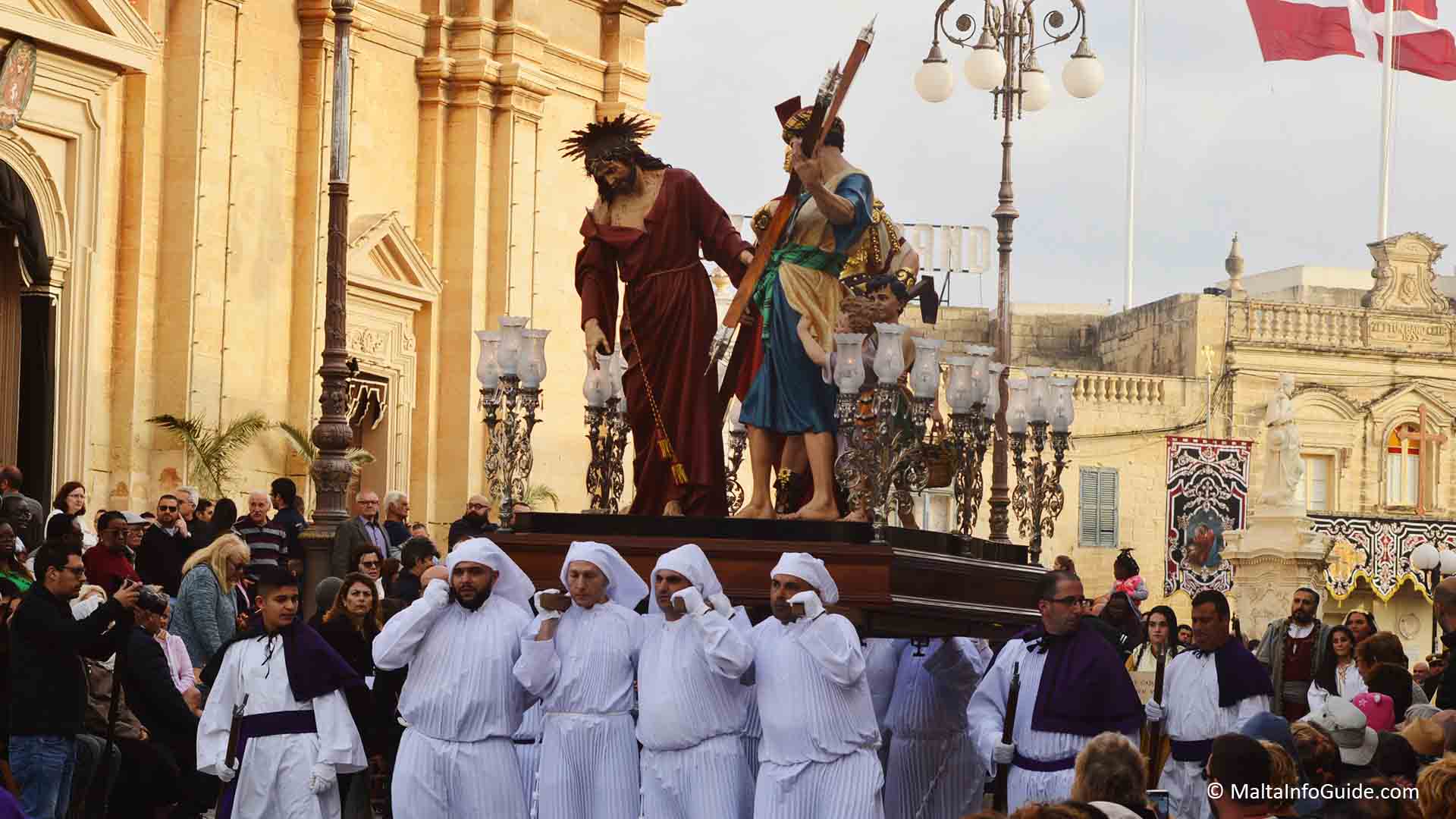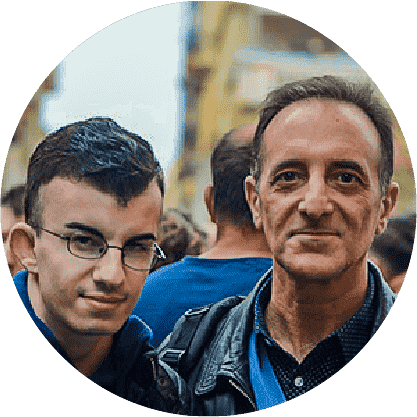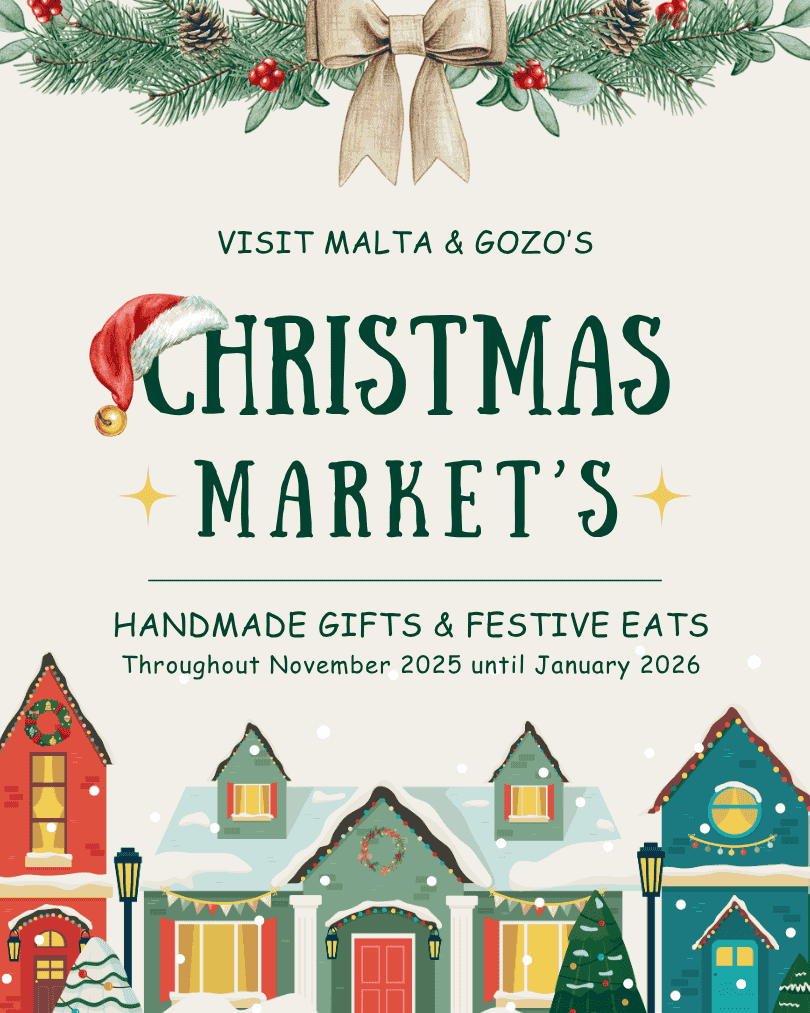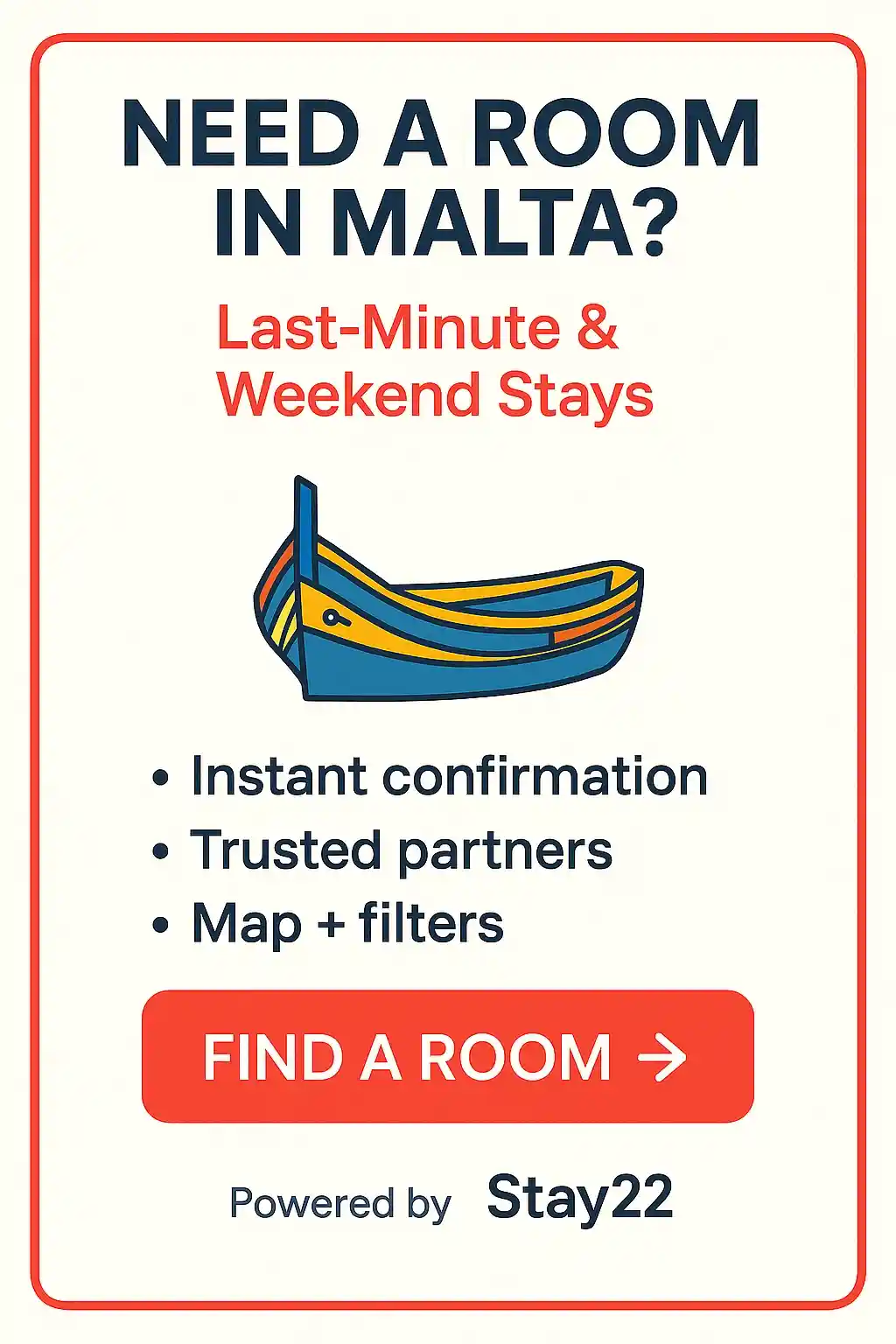- Home
- Malta Events Calendar 2025
- Good Friday Processions
Good Friday Processions
Good Friday Is A Big Day For The Maltese
Various localities around Malta and Gozo organise the Good Friday processions. They usually start at 17:00 or at 17:30 and each village has its own characteristic.
During Good Friday processions, local villagers gather together in the village squares and surrounding areas to participate in the celebrations that have been held since the 16th century.
good friday processions malta tour
Experience Good Friday at Zejtun's heart, witnessing a solemn procession of life-size statues and Old Testament scenes. Enjoy individual seating and convenient transportation for a guided, organized participation in the significant ceremony, 'Il-Ġimgħa l-Kbira.'
Elevate your Good Friday with organized participation and embrace the cultural richness of this profound ceremony!
Disclaimer — We may earn a commission if you book via certain links on the website. No extra cost to you.
📹 Top 7 Best Places To Visit in Malta For 2025
Wondering which spots in Malta should be on your 2025 travel list? Join us on a journey across Malta as we highlight breathtaking views, cultural gems, and experiences you won’t want to miss. Subscribe to our YouTube channel for more content like this. (Sound ON 🔊)
There is no doubt that the Maltese people are strongly religious, and this type of display showcases their religious beliefs.
Good Friday Early Afternoon
- All churches around Malta and Gozo celebrate the liturgy which is a continuation of the Maundy Thursday. When the liturgy ends, the processions are held.
- Four of them are held on Palm Sunday the Sunday before Good Friday, these are Ghaxaq and Gharghur for Malta, Qala and Rabat the (Cathedral) for Gozo.
- The local community of adults together with children dress up forming the procession itself. They are dressed in Biblical characters and walk behind the statues insinuating the way how Jesus Christ was condemed to die on the Cross.

The Processions
- At around 17:00 to 17:30 each village starts the processions with their own set of life-size statues are taken out of the village parish churches around the streets with the participation of the local population.
- These statues representing the main episodes of the passion of the Christ. Each locality has different features in their statue sets as they are made by different artists from Italy, Spain and Malta.
- The statues of Birgu in Malta and those of Victoria and Zebbug in Gozo the statues are dressed in fabric clothing not with papier-mache.
- The statues themselves are made from solid wood trunks and today also in fiberglass.
- The statues are carried by pallbearers depending on the size of the statue, the size and weight, carried by six to twelve bearers. They are equally divided in front and at the back for equal distribution of the weight.
- In fact the statues of Birgu in Malta and Victoria and Zebbug in Gozo are dressed in fabric clothing.
- Many onlookers even many foreigners line the roads to the churches to see the procession.
All-Time Yearly Events In Malta
Well-known events during the year in Malta
Biblical characters
- Today the Zejtun procession has around 500 participants it is known that the procession with the statues was already being held in 1742.
- Until 1961 the set of statues was of eight. In a few years by 1965 it increased to twelve. Now Zejtun and Qormi have the same number of statues.

The Participants
- Apart from these men there are various others who carry placards with biblical quotes, banner holders, candle lantern carriers, all walk behind each other in an organized disciplined pattern. This repeats itself for all the statues.
- They are all dressed in outfits purposely sown, all similar to each other, nicely ironed wearing a variety of purposely stitched outfits in white, purple and black, colours that signify the meaning of this day.
- During the last forth years various parishes have introduced withing the processions and in between the statues biblical representations from the old and new testament. They wear beautiful colour contemporary outfits. There are also many men dressed as Roman soldiers which are spread across the processions.
- They are dressed in Biblical characters and walk behind the statues insinuating the way how Jesus Christ was condemned to die on the Cross.
- Boys and men dressed in different clothes such as shepherds, roman soldiers, peasants together with a band leading the way playing solemn music and commemorating the death of Jesus Christ. There are eight statues which are for the good Friday procession, but Qormi and Zejtun have 12 statues.
- Some processions include men in penitence bearing a cross and sometimes dragging chains tied to their feet or walking with bear feet all through the way.
The Statues
- Each village has its own feature. The statues of Birgu in Malta and those of Victoria or Rabat and Zebbug in Gozo are clothed with coloured fabrics.
- There are eight statues which are for the Good Friday Processions, but Qormi and Zejtun have 12 statues.
- The first statue is always the l'Ort meaning Jesus tied to the pillar and each statue shows us how Jesus was condemned to death.
- The next statue, displays Christ wearing the crown of thorns. Then the Ir-Redentur the Redeemer and Il-Veronika The Veronica holding the cloth imprinted with the face of Jesus.
- The largest statue follows called in Maltese Il-Vara l-Kbira, depicting Christ on the cross.
- Then Il-Monument, depicting Christ lying down in the Urn.
- The statue of Id-Duluri our Lady of Sorrows is carried as the last one since there will be various persons who follow in prayer.
- Good Friday is a public holiday, all businesses are closed and the passage of traffic is diverted away from most town centres to make way for the grand procession.
At Christmas thinking of Good Friday
All through the year there are various circles of enthusiasts that are the backbone of all the organisation of these processions. They visit other processions in other countries like Italy and Spain for ideas. They observe what other villages introduce and create to embellish the procession.
On the other part the church on its part try to limit and coordinate excessive embellishments to help the people concentrate and reflect on the very deep meaning of the crucification and sufferings of Christ.
The
processions return to the parish church around 21:30 to 22:30. By the early
morning of the next day all statues and décor is dismantled and packed to make
way for the evening liturgy of the Risen Christ triumphant over death. Still
during the day the church remain in mouring.
Malta is Roman catholic so Good Friday remains a lovely prestigious days for the Maltese people.
Sources & Further Reading
1. ChairaM: '8 Maltese Towns And Villages To Visit This Good Friday '
🏨 Find the Best Places to Stay Nearby
This fantastic interactive map below helps you discover the best accommodation across the island from a variety of trusted platforms. Explore different areas, compare prices, and book directly all in one place.
🚗 Need a car for your Trip to Malta?
Discovering the beauty of this gem in the Mediterranean by car is certainly the best way to experience its hidden beaches, charming villages, and also hidden paths that are difficult to reach by public transport.
Find The Best Rates On Your Car Rental Now!
 By Albert and Benjamin Magro
By Albert and Benjamin Magro






